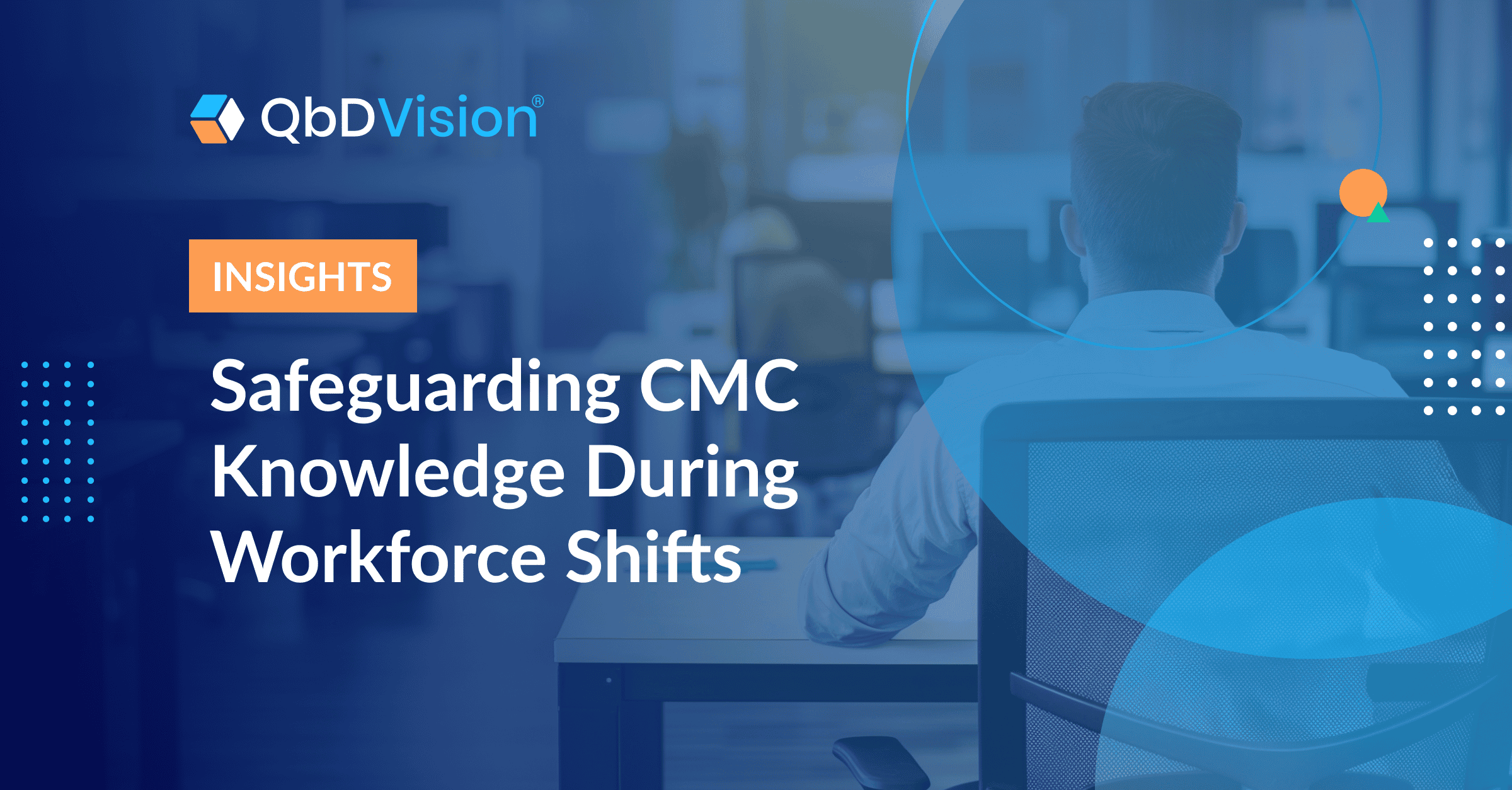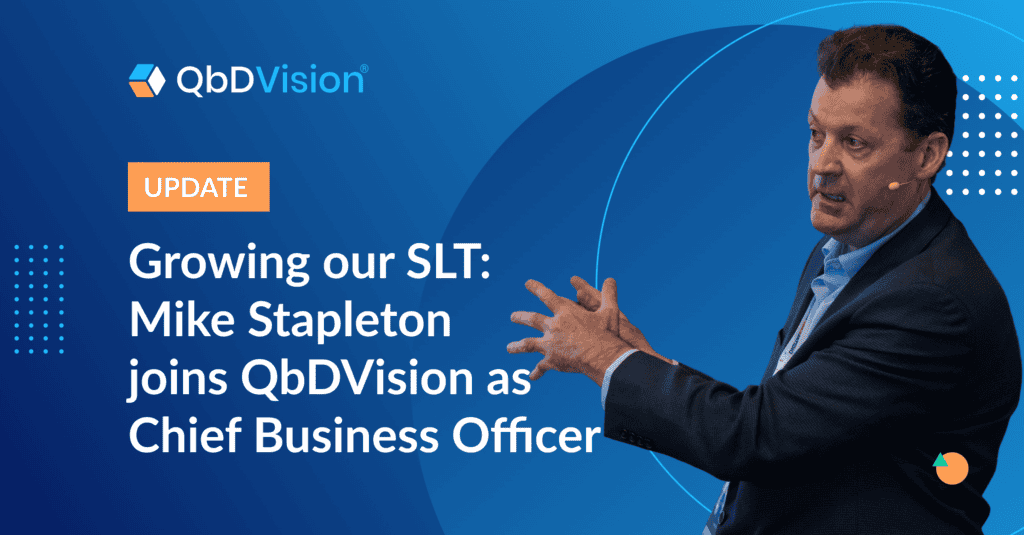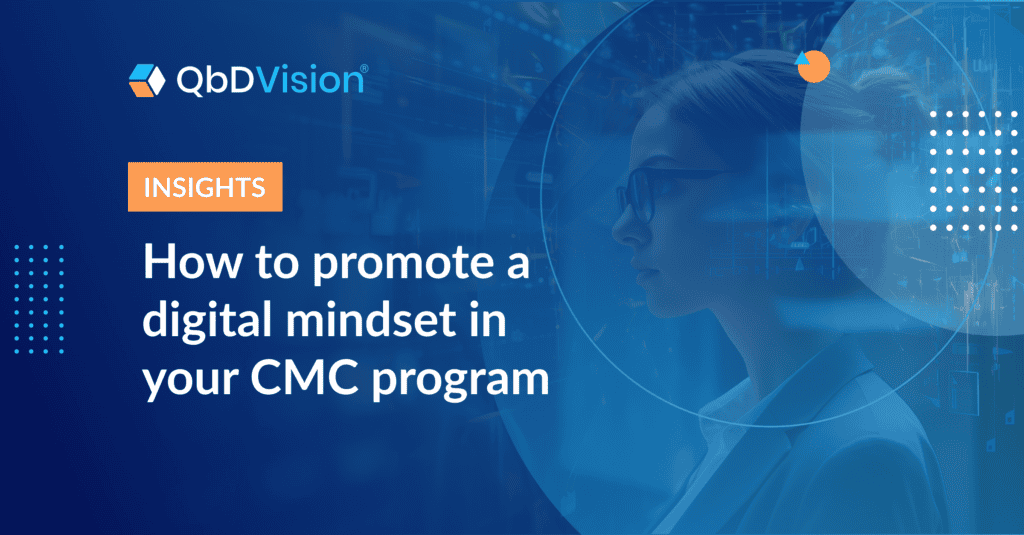Layoffs, downsizing, restructuring: For drug developers, the workforce hits just keep coming
For big pharma and smaller startups alike, it’s been a tumultuous couple of years in drug development. A relentless wave of layoffs and downsizing has roiled the industry. Organizations are feeling the strain of tough capital markets and post-COVID corrections, and we’ve all seen the proliferation of cost-cutting measures and strategic restructuring as a result.
While the extent of the staffing impact has varied across organizations—ranging from surgical trimming at some to wholesale workforce wipeouts at others—few sectors have escaped unscathed.
There are some signs of (distant) light at the end of the tunnel, but the truth is that we’re likely not out of the woods just yet. With persistently tight capital markets, game-changing legislation on the way, and big patent cliffs on the horizon, the life science sector is coming to grips with the grim reality that it may be in for an extended period of workforce turbulence.
With that hard pill swallowed, it’s worthwhile to consider what that turbulence means for CMC programs—specifically, for the critical CMC knowledge that’s lost through a RIF.
For CMC programs, workforce turnover can be especially problematic.
When workers leave an organization—voluntarily or otherwise—they often take more than just their skills with them. They take everything they know about the programs they focused on, the processes they developed, the risks they managed, and more. That can be true of any business or department, of course, but it’s especially problematic for a certain kind of organization: one where knowledge is decentralized, fragmented, and implicit.
Sound familiar?
CMC programs, with their historically haphazard approach to knowledge management, are especially vulnerable to knowledge loss when program contributors depart. Default CMC knowledge storage methods—inboxes, drives, SharePoints—leave programs and processes highly dependent on tribal memory, individual habits, and operational inertia. All of which can be easily disrupted by the kinds of workforce turmoil that’s endemic in the industry right now.
So it’s likely no surprise then that RIFs of any size are often particularly fraught for CMC programs. All too frequently, workforce changes leave a trail of challenges in their wake for remaining teammates—from opaquely named files, to impenetrable spreadsheets, to implicitly understood process risks.
Now for some good news: While that kind of staffing-related knowledge disruption may be common in the CMC world, it isn’t inevitable. With some proactive planning and a strong knowledge management strategy, your organization can control that risk and retain key CMC knowledge. Yes, even in the face of persistent workforce upheaval.
Here’s a closer look at how.
CMC programs, with their historically haphazard approach to knowledge management, are especially vulnerable to knowledge loss when program contributors depart.
Step 1: Proactively invest in a knowledge management platform
First rule to live by: To successfully retain knowledge, you need a place to effectively capture and manage it.
No, we’re not talking about yet another SharePoint, where your remaining staffers can spend hours searching for datasets after the person who created them (and gave them an obscure, inscrutable file name) leaves. And no, we are DEFINITELY not talking about consolidating all your program data into one spreadsheet.
Instead, invest in a structured platform that does the heavy lifting of knowledge management for you. Purpose-built to handle complex, specialized CMC data at scale, these solutions capture, structure, and present knowledge in a way that any teammate, partner, or auditor can leverage. All they need to do is log in.
And the best time to make that investment in a knowledge management solution? It’s before you face a knowledge loss crisis.
Step 2: Break out of the knowledge siloes
Implementing a structured, centralized storage solution is a critical first step, one that’s essential to preserving your CMC knowledge should a round (or the next round) of sweeping workforce changes occur. But it’s equally important to have a plan for maintaining that knowledge management system once you’ve successfully put it into place.
In part, that means recognizing that knowledge is more than just the accumulated datapoints, processes, and systems that keep CMC workflows and deliverables on schedule. It’s a cultural resource as well.
Take a look at the culture surrounding knowledge management at your organization. Is knowledge treated as a common good, something that all your staff members share and mutually benefit from? Or is it an individual asset that staffers collect, retain, and leverage to protect their role (e.g., “I’m the only person who knows X”) or advance it (e.g., “if no one else knows X, they’ll have to promote me”)?
If your answer is the latter (and let’s be honest: most organizations have at least some degree of a knowledge gatekeeping problem to address), then you know where to start: putting incentives and SOPs in place that encourage your teams to use your knowledge management framework and make your program data the shared resource it should be.
Easier said than done, of course. Here’s a three-pronged approach.
Implementing a structured, centralized storage solution is a critical first step, one that’s essential to preserving your CMC knowledge should a round (or the next round) of sweeping workforce changes occur. But it’s equally important to have a plan for maintaining that knowledge management system once you’ve successfully put it into place.
Step 3: Maintain your knowledge management strategy with processes, systems, and incentives
To make sure CMC knowledge continues to be captured in a form that keeps it safely within your organization, you need channels in your business that encourage that centralization. Here’s what that can look like.
PROCESSES
Let’s face it: Even with a centralized knowledge management solution in place, old habits die hard. To keep from resorting to old storage methods like inboxes and SharePoints, you need well-defined processes and SOPs in place to specify how and where else it should be captured.
And not just any SOPs, of course, but ideally those that ensure knowledge is captured in a structured format that’s Findable, Accessible, Interoperable, and Reusable. That’s because ultimately, data organized in a FAIR-based format becomes an asset that can be easily leveraged when your teams most need it—not an important but elusive resource that takes precious time to track down in the eleventh hour. Or, much worse, hat-in-hand phone calls to the laid-off colleague who’s the only person who knows where the latest risk assessments are.
SYSTEMS
Establishing knowledge capture rules is great, but to ensure staffers actually follow them, you need systems in place to make it as effortless as possible. Read: Onerous SOPs with unclear value rarely get followed.
Fortunately, if you invested in a CMC data management platform in step 1, most of the system’s legwork is done for you. With our user-friendly, guideline-aligned solution at your team’s disposal, best practices are built-in and compliance is invisible and frictionless. Not a burden that requires constant monitoring and enforcement to maintain.
INCENTIVES
Lastly, even with the right systems in place, we all know that knowledge curation still takes time. Additional time on top of employees’ core roles. Time that scientists, engineers, and analysts may or may not take, depending on how they see it fitting into their role, schedule, and priorities or benefitting their advancement.
Make sure your workforce understands that capturing knowledge in a data-savvy, continuity-centric way is an expectation they’ll be rewarded for meeting—as well as a valuable skill for their professional development.
Bottom line: Knowledge loss doesn’t have to be an inevitability
When implicit knowledge evaporates—as it easily does when key players leave the organization—it comes at a significant cost to your organization. It can mean countless hours lost to finding, reconstructing, and redistributing the information in people’s heads—if the information can even be found at all. It can leave your remaining team members scrambling to piece together whatever data was left behind. And it can threaten key CMC deadlines and make it harder to train new hires down the road.
We’re confident that the tide will eventually turn for today’s life sciences workforce. But for better or worse, workforce changes will always be a reality in our industry. And that means that the best time to prepare for those shifts is now—not after your organization’s CMC knowledge has already walked out the door.
When you create a sustainable strategy that preserves your CMC knowledge by design, you can be confident that whenever workforce changes do happen, your essential CMC data is safely stored, structured, and ready to support your continuing program. If you’re ready to make that a reality at your organization, get in touch: We’d love to show how QbDVision can support you in that goal.
GET IN TOUCH
Ready to build a strategy to protect your CMC knowledge?
Reach out to learn how we can help you safeguard essential information resources during workforce shifts.



























































